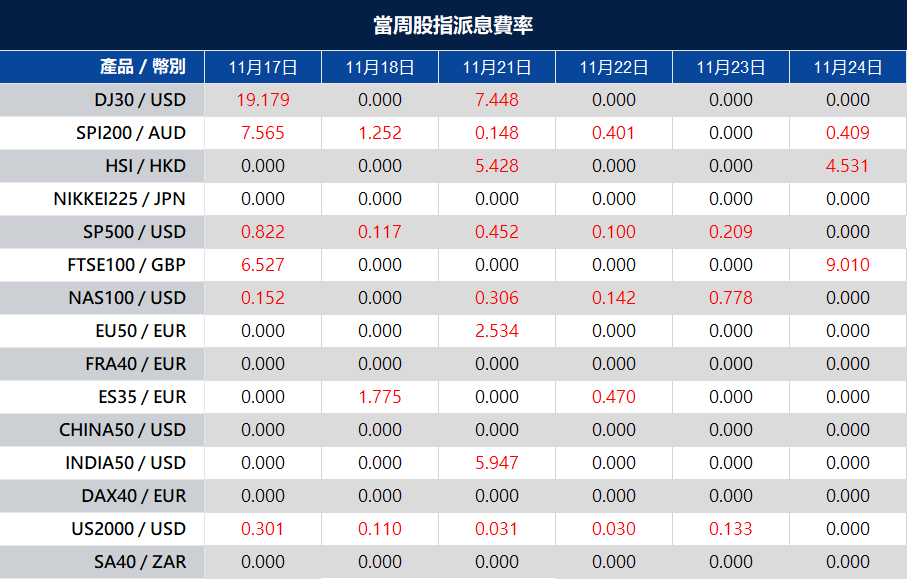What Is the Bollinger Band Indicator?
A Bollinger Band is a technical analysis tool consisting of a set of trendlines drawn to two standard deviations (up and down) from the simple moving average (SMA) of an instrument’s price. Traders can change these trendlines to suit their needs.
Bollinger Bands were made by the famous technical trader, John Bollinger, who owns their rights. The tool is intended to help investors identify market trends to determine when an asset has been oversold or overbought.
A Bollinger Band has three critical parts:
- Middle Band – a simple moving average
- Lower Band – two standard deviations below the Middle Band
- Upper Band – two standard deviations above the Middle Band.
Note that the standard deviation determines the market’s probable movement range.
How to read Bollinger Bands
Since the middle band is the same as the simple moving average, we can tell where the trend is going by understanding the concept of Moving Average from the previous lessons.
Knowing how to read the upper and lower bands is essential. Traders usually look at the upper band to see if the market is too high.
Most of the time, if a price touches the Bollinger Bands, the price may be overbought. In the same way, the lower band shows a possible overbought level.
However, many new traders make the mistake of thinking that when they hear the words “overbought” or “oversold,” they must enter a reversal position immediately. Even though this isn’t always the case since overbought levels are estimates based on the past, there is a chance that more people will buy, and the trend will continue.
The image shows an oversold condition that doesn’t change immediately and keeps going lower before going up. This is because sellers keep coming in even though the lower band has already been hit.
It is crucial to confirm whether they are at overbought or oversold levels. In this case, we can use other indicators like the Stochastic or RSI, the price action, or the Bollinger Bands themselves.
Confirmation with Stochastic / RSI Oscillator
When a price moves from below the middle band to above the middle band, we can look at the Stochastic or RSI to see if it is in the middle or lower than level 50. If so, we can state that the increasing trend has been confirmed.
When the price reaches the top band, we may check the Stochastic or RSI to see if it is also in the overbought zone. If so, we can confirm that the price is indeed in the overbought zone.
Looking at the image above, we can see that both the Bollinger and the Stochastic Indicator show that the price is overbought, indicating that the Gold price might be slowing down from the upward movement.
However, we recommend that you wait to enter a reverse position.
Confirmation within the Bollinger Band
The Bollinger Bands can be confirmed by observing whether the band is widening or narrowing. If the price is above the upper Bollinger Band and the two bands are expanding, this indicates that the price will continue to rise. However, when we observe that the Bollinger band has begun to narrow, although the price is at the upper Bollinger, this is confirmation that the price will reverse lower.
Similarly, a further decrease will occur if the price is at the lower Bollinger with the extended band. However, a price reversal to the upside is highly probable when the band has begun to narrow.
Combining the Bollinger Band with trendline
In this strategy, we use Bollinger Bands and trendlines.
The image shows that the trendline is formed from the highest point and the next lower high but is controlled by the middle band.
The trading strategy is straightforward. If we observe that the price is in the upper band but below the trendline, indicating that the price is no longer able to rise and that it is time for the decrease to continue, there may be a few breaks as long as the price remains in the upper band and is not too far from the trendline. The potential will, after that, continue to decrease.
When the price breaks above the trendline near the middle band, the price begins to change the trend.
We may expect another movement. If the middle band crosses above the trendline, the downtrend is considered to have ended.




























